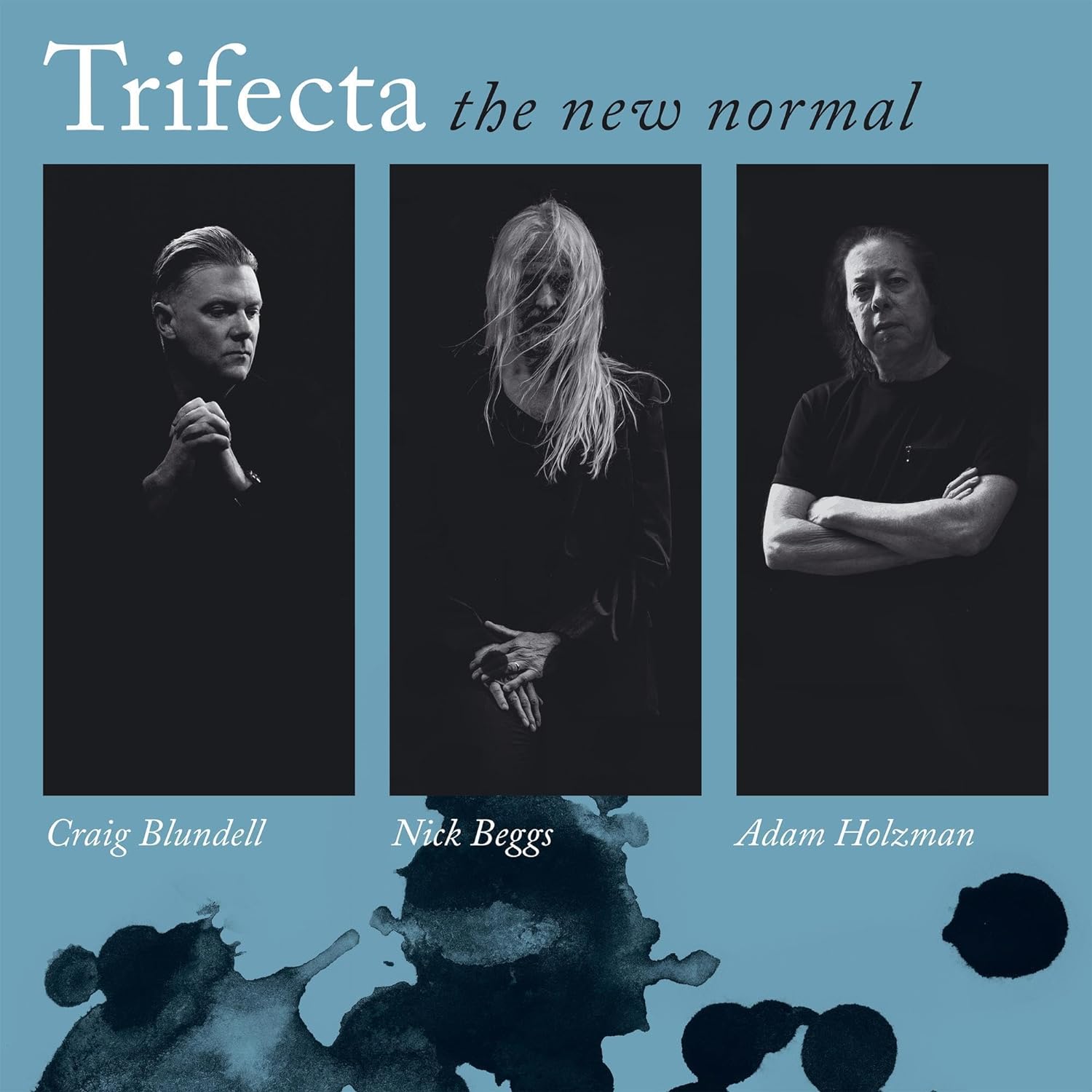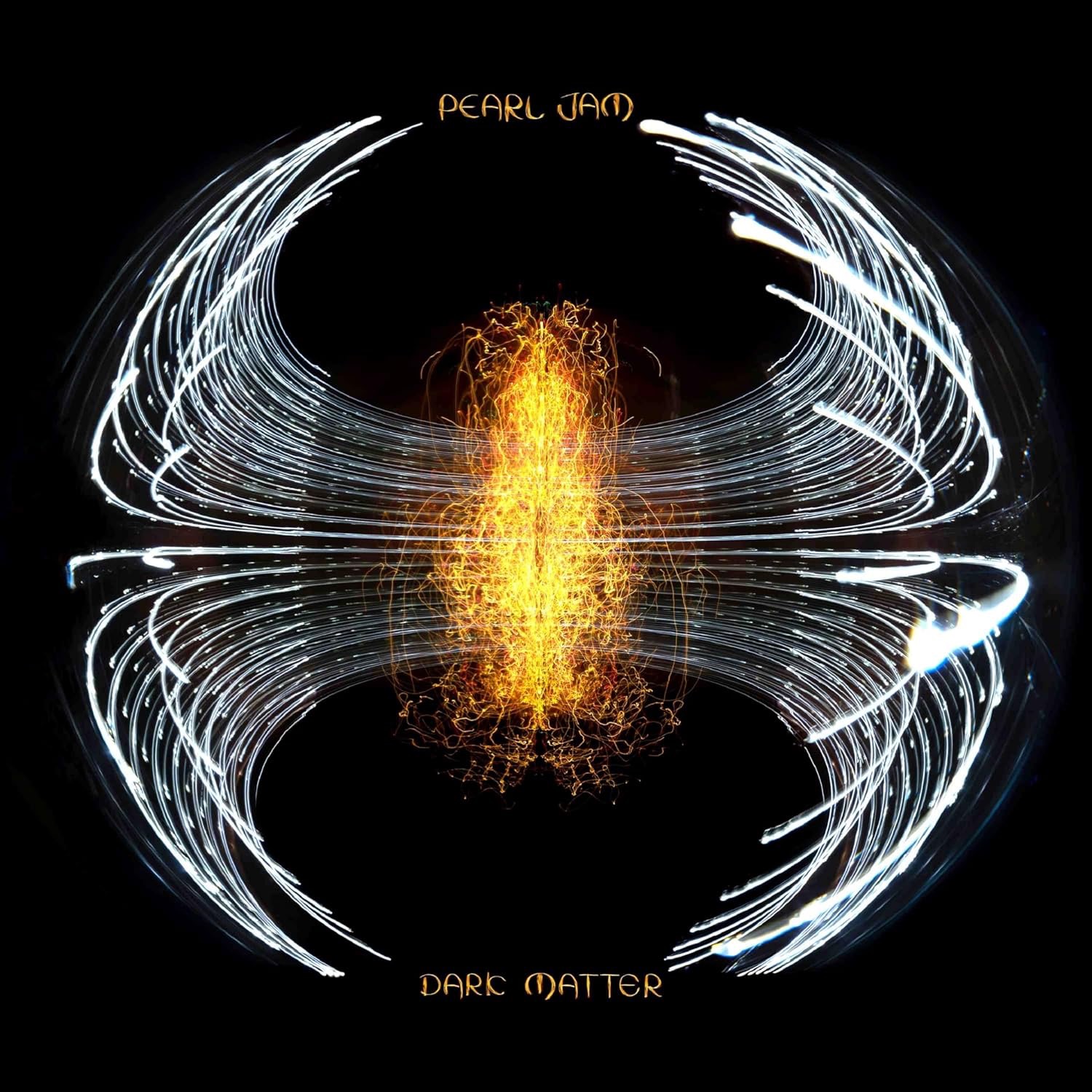Behemoth is a perfect example of a band that has evolved naturally over the course of its near thirty-year existence. From the raw, salt-blasted black metal of Sventevith, via the coming-of-age Zos Kia Cultus to 2014’s epic The Satanist, each release marks a refinement of the band’s style with the current incarnation combining elegance and brutality in perfect harmony. There was a feeling that, with the release of The Satanist, Behemoth had reached the very peak of their career, and it has taken four years (via a series of live shows playing The Satanist in its entirety) for the band to bring together their latest opus, I loved you at your darkest. In many ways the album continues the journey begun with The Satanist, but the refinements here are myriad and the album frequently eclipses its illustrious predecessor as behemoth once again demonstrate just why they are so revered.
To briefly digress, if you’re purchasing one of the physical editions of the album, then you should certainly consider the ‘art book’ edition. Although there are no bonus tracks (the band cleaned out their live footage closet with Messe noir) the packaging is beautifully put together, with the CD housed in an envelope attached to the rear page of the hard-backed book. Behemoth have never failed to pay attention to the aesthetic of their package, and this new album is no exception with spot varnish on the cover, foil blocking in the text and a separate image for each track. It’s a darkly beautiful piece of art and it definitely enhances the overall experience of the album.
From the moment the ritualistic chants of eerie intro Solve emerge, it’s clear that Behemoth have remained within the dark, enchanted realm of The Satanist. The track gives way to the short, potent Wolves of Siberia, a blackened smear that pits churning guitars and relentless beats against Nergal’s imperious vocals. With intelligent and evocative lyrics to hand, comprehensibility is a big part of Behemoth’s core sound and, although Nergal’s bark remains tethered to the extreme, it’s tempered just enough to allow each dark utterance to cut through the mix. Searingly heavy, and yet with a soundtrack feel (not least thanks to the deft use of an orchestra), you’d be forgiven for thinking it’s business as usual in the Behemoth camp, and yet as the track gives way to the sinister God = dog, it’s quite clear that Behemoth have shifted the goalposts, taking the dark ambience of The Satanist and moving it forward another step. By keeping the songs short, the band have removed the temptation to overindulge and each piece is a concise, perfectly formed piece of music contributing to a fluid whole. It’s a remarkable achievement and a feeling persists that this album could be a game-changer for the whole genre. Next up, perverse anti-hymn Ecclesia diaboli catholica adds choirs and acoustic guitars to the mix and it’s a testament to the band’s song-writing skills that they can do so much and yet self-edit to the extent that no individual track feels overblown. This is similarly the case on Bartzabel, the regal drums that greet the listener beaten out as a frantic tattoo whilst serpentine guitars curl and slither around them. Juxtaposing the rich tones of a male choir against Nergal’s scabrous rasp, melody and might is neatly balanced before the first half of the album concludes with the Gothic ambience of If crucifixion was not enough, a track that recalls latter-day satyricon as the band combine punishing extremity with a dark melodicism that is as memorable as it is brutal.
Opening the album’s second side, Angelvs XIII is a rare moment of unparalleled ferocity, Behemoth indulging their darker tendencies with gleeful abandon, although even here, a melodic lead break showcases the depth of ambition underpinning the album as a whole. A rather more imperious Behemoth emerges on Sabbath Mater, the grinding guitars of the intro giving way to a harder, faster piece neatly offset by a rich, choral chorus. Perhaps the biggest musical diversion of the album, Havohej pantocrator incorporates clean guitars and post-rock elements into the mix, the subtle, descending chords and rolling toms showcasing a rarely-seen side to behemoth that provides a fantastic counterpoint to the fire and fury found elsewhere. It’s still fiendishly heavy, of course, but the dynamic shifts cut deeper and with greater effect and it is a stand out moment. It feeds perfectly into the earthen groove of Rom 5:8, a punishing, mid-tempo piece prone to random, violent explosions of noise that frequently catch the listener off guard. In contrast, the rampaging We are the next 1000 years employs a similar vibe to Ex Deo, with richly detailed lyrics and a narrative flow that informs the music – by turns haunting and horrifying – before the album concludes with the instrumental Coagvla, an imperious coda that brings things to a satisfyingly cinematic conclusion.
The Satanist, in the hands of any other band would have marked a high water mark creatively, but for behemoth it appears to have been the starting point for a whole new chapter in the band’s storied career. Although traces of the band’s black metal roots remain, I loved you at your darkest draws from a wide variety of sources, including post-rock and progressive, to emerge as one of the most powerful and evocative death metal albums to be released this year and, perhaps, even this decade. A work of startling vision, I loved you at your darkest sees Behemoth, once more, at the very peak of their abilities. 9











Leave a Reply